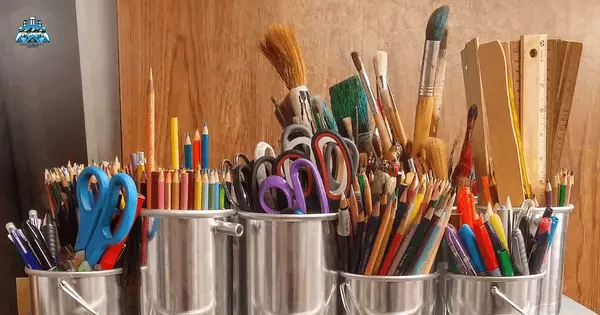
The Impact of Scent in Home Showings
Scent can make a strong first impression when buyers enter a home. A clean, fresh smell can create a welcoming atmosphere, while an unpleasant odor can turn people away before they see anything else. Buyers often react emotionally to scent, even if they don’t realize it. A faint floral note or a wa

A Cleaner Way to Repaint Your Room
Painting a room can feel like a big project, but it doesn’t have to be messy. Start by clearing out as much furniture as possible. Cover the rest with drop cloths or old sheets. Use painter’s tape to protect edges like baseboards and windows. It takes time but saves cleanup later. Make sure the wal

Easy Kitchen Projects That Improve Function and Style
Modernizing your kitchen doesn’t always mean a full renovation. There are simple, affordable ways to make your space feel updated. Start with lighting—swapping out old fixtures can instantly change the mood of the room. Bright, even lighting over counters and the sink makes the space more usable. U
Categories
Recent Posts











